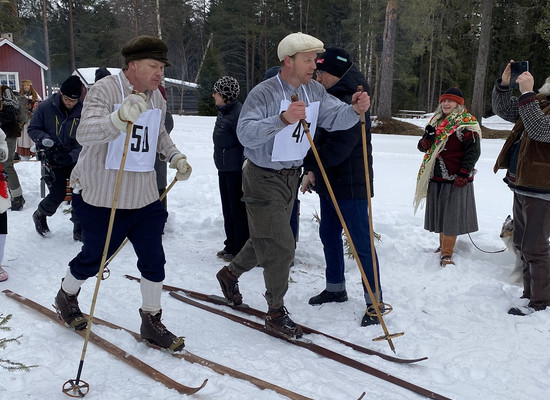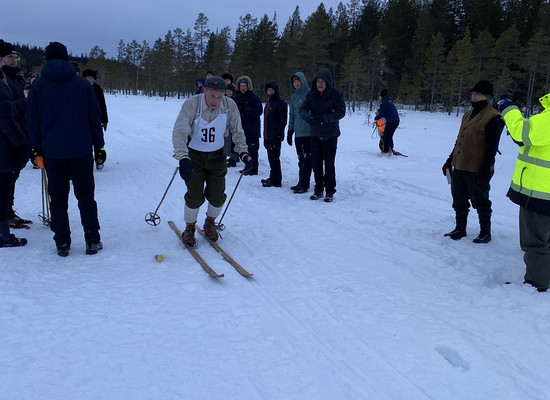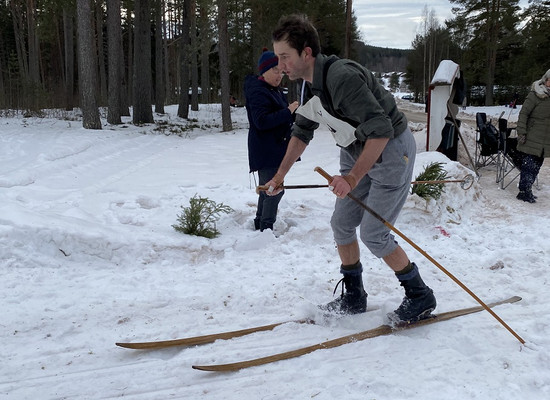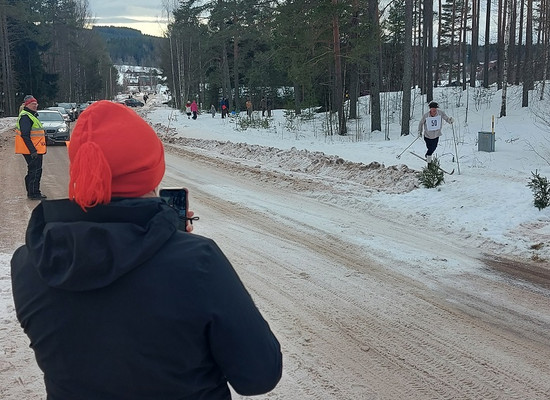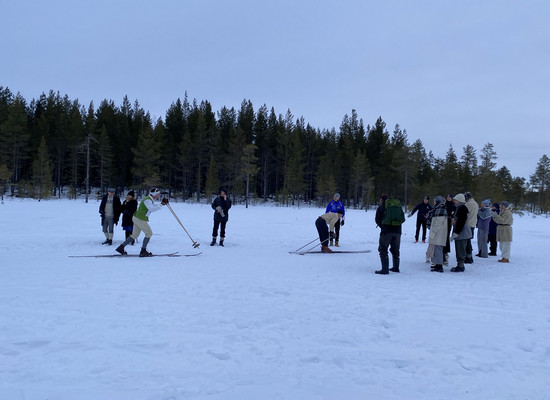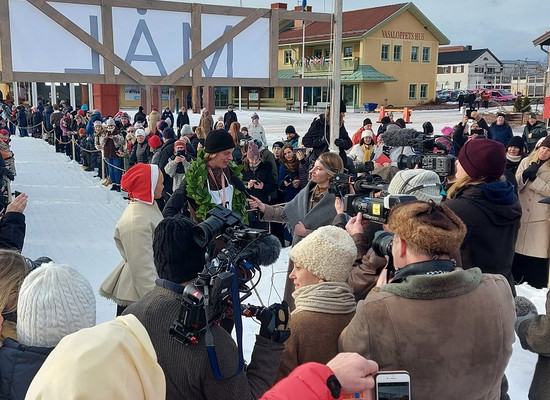
The Jubilee Vasa - a time travel
So 2022 is a big anniversary and celebration. For several years, plans have been made for the 100th anniversary and fortunately, the restrictions have finally been released, giving the opportunity for a worthy celebration. And although the big race is still a few weeks away, the celebrations are already underway.
As a tribute to the skiing heroes of 1922, this year's winter weeks kicked off with a special race called the Jubilee Race. 139 specially selected participants were admitted after careful consideration by the jury. The same number as had entered the very first Vasaloppet. The rules for participation were strict. There was no question of using any modern skis made of plastic and fibreglass. Instead, participants were instructed to use traditional equipment and clothing. The skis were to be made of wood and should be at least your own body length x 1.5. No modern ski wax was allowed as a mount. Instead, tar under the skis was the way to get a grip. Clothing should be made of cotton and wool. Modern functional materials do not bother. The Jubilee Vasa is a tribute to the true pioneers and forerunners.
Early in the morning of 12 February, the participants lined up to start from Sälen. And although much was about performing the race according to the 1922 specifications, there was no doubt that there were skiers who wanted to have a good time.
Time and results have always been an important part of measuring one's performance and getting a receipt for one's training. That's how it was in 1922, and that's how it is in 2022. That's why mika:timing plays such an important part in races all over the world. People want an official receipt with their time. As early as the 18th century the first races started to be timed in England and it was not people that was competing but horse races. In the 1920s, the next revolution in timekeeping came, when electronic stopwatches were used at the Olympic Games. In the 1990s, many athletic races were timed using barcodes. In simple terms, this involved a person pressing a button each time a competitor crossed the finish line. The competitor then had to go to a barcode reader and read his or her code to be assigned the latest finish time.
A few years later, however, a major breakthrough made it possible to carry out timekeeping at large-scale athletic races with large numbers of participants finishing at the same time. Namely, RFID technology, which is still used in many races. Each participant is equipped with a chip that communicates with various reading points by means of radio frequency. For example, a split time or a finish line. In this way, thousands of participants can get their exact results at the same time.
mika:timing has been part of driving this development since the 1990s and at Vasaloppet 2022 the most sophisticated technology with active chips that measure with a precision down to a thousandth of a second will be used.
But not at the Jubilee race. Of course, if you're going to compete according to the 1922 conditions, that also applies to timekeeping and all participants were manually timed, both at the split times and at the finish line. However, it should be said that even at the Jubile Race, some modern technology was present. After the participants were manually timed, the times were entered into the mika:timing system and could be shown live on the results page, in the app and on the live broadcast on Vasaloppet TV so that the audience could follow the race.
So how did it go?
100 years ago, Ernst Alm became the first winner of the Vasaloppet in 7 hours and 32 minutes. First to finish 100 years later was Erik Wickström, who led almost the entire race. The time was clocked at 6 hours and 57 minutes, a full 35 minutes faster than Ernst Alm's historic time. Many hours later, the last rider crossed the finish line in 18 hours and 38 minutes.
A fantastic day was over and for mika:timing it was a big contrast to how we usually work. But now we are changing focus from manual times to modern timekeeping. There are many participants eagerly awaiting their results in the coming weeks and we will of course make sure that each person gets their very own unique result.
